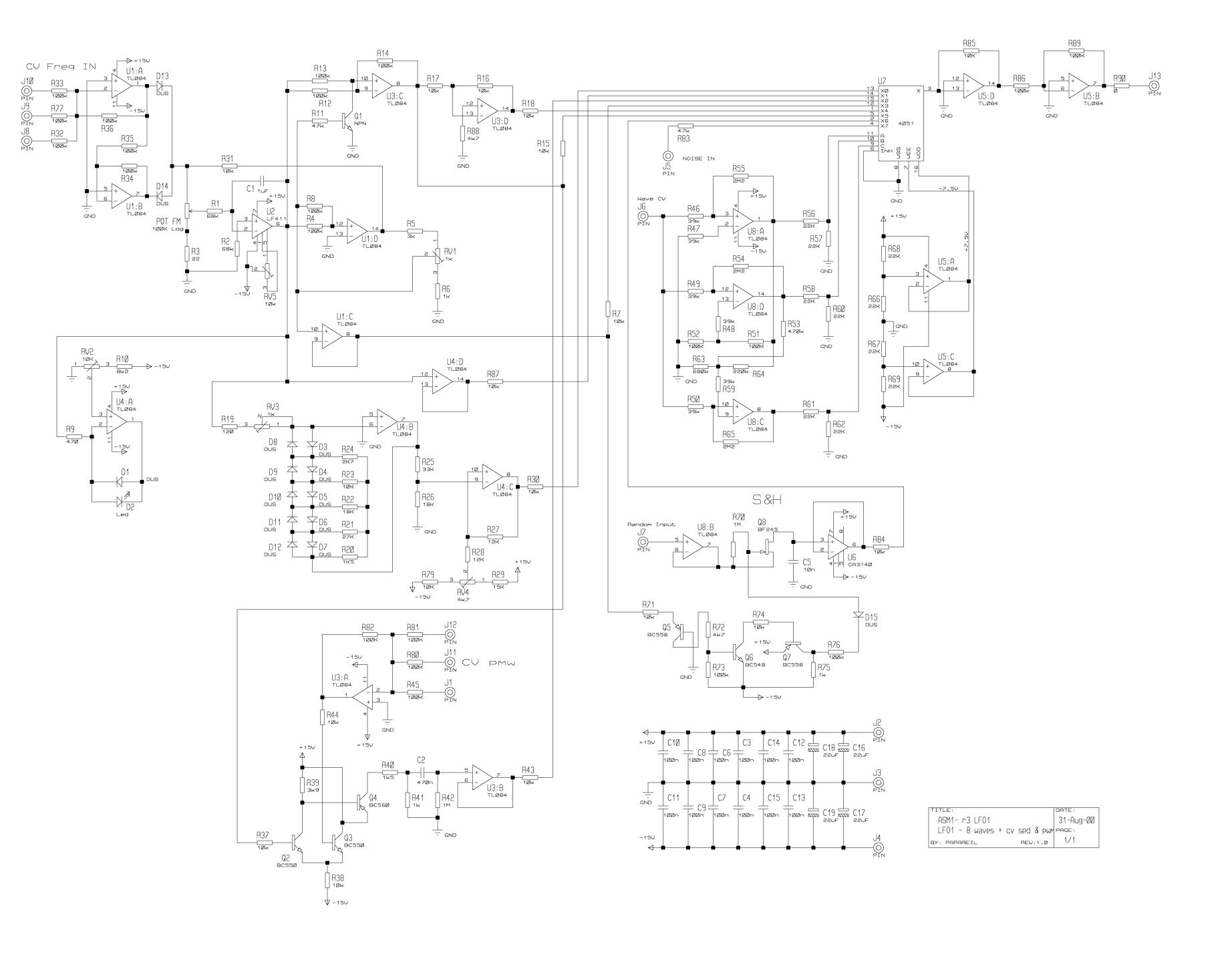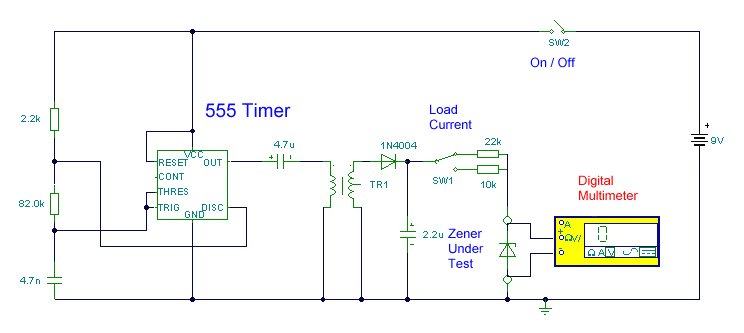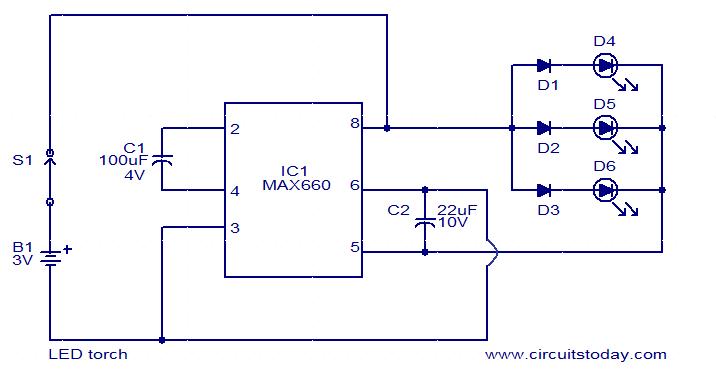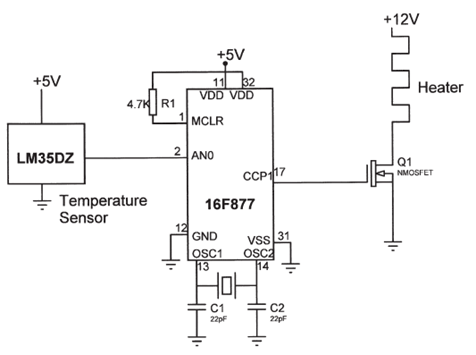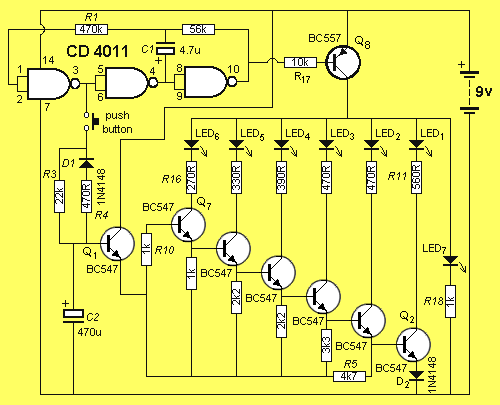
LED lights using Joule Thief circuits
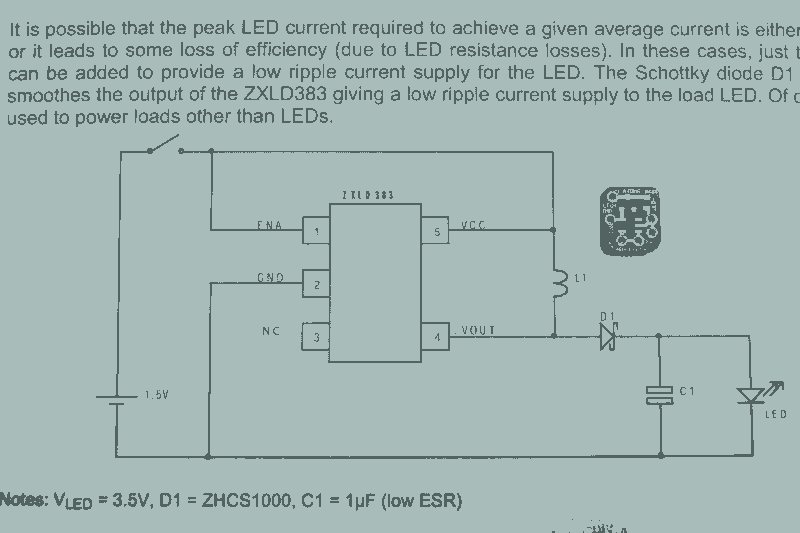
It may seem that due to the numerous flashlight projects undertaken, there is a significant collection of lights. The inductor can be altered to set the current level, but the total current fluctuates with the battery supply, decreasing as the battery depletes.
In the context of flashlight circuit design, the use of inductors plays a critical role in controlling the current flow. Inductors are essential components in switch-mode power supplies, which are commonly employed in flashlight circuits to enhance efficiency and extend battery life. By adjusting the inductance value, designers can precisely set the desired current output for the LED or other light sources used in the flashlight.
The circuit typically includes a pulse-width modulation (PWM) controller, which regulates the power delivered to the LED by switching the current on and off at a high frequency. This method allows for fine control over brightness levels while minimizing power loss. The inductor works in conjunction with a capacitor to smooth out the current, ensuring a stable output even as the battery voltage decreases.
As the battery discharges, its voltage drops, which directly affects the current supplied to the circuit. This decline in voltage can lead to a reduced brightness in the LED unless the circuit is designed to compensate for this change. Some designs incorporate feedback mechanisms that monitor the output current and adjust the PWM duty cycle accordingly to maintain consistent brightness levels throughout the battery's discharge cycle.
In summary, the design of flashlight circuits involves careful consideration of inductor selection, PWM control, and battery management to ensure optimal performance and longevity of the light output.You would think that given how many flashlight projects I do that I actually own a lot of lights. I can change the inductor to adjust the current setpoint, but the overall current varies with the battery supply as the battery drains the current lowers 🔗 External reference
In the context of flashlight circuit design, the use of inductors plays a critical role in controlling the current flow. Inductors are essential components in switch-mode power supplies, which are commonly employed in flashlight circuits to enhance efficiency and extend battery life. By adjusting the inductance value, designers can precisely set the desired current output for the LED or other light sources used in the flashlight.
The circuit typically includes a pulse-width modulation (PWM) controller, which regulates the power delivered to the LED by switching the current on and off at a high frequency. This method allows for fine control over brightness levels while minimizing power loss. The inductor works in conjunction with a capacitor to smooth out the current, ensuring a stable output even as the battery voltage decreases.
As the battery discharges, its voltage drops, which directly affects the current supplied to the circuit. This decline in voltage can lead to a reduced brightness in the LED unless the circuit is designed to compensate for this change. Some designs incorporate feedback mechanisms that monitor the output current and adjust the PWM duty cycle accordingly to maintain consistent brightness levels throughout the battery's discharge cycle.
In summary, the design of flashlight circuits involves careful consideration of inductor selection, PWM control, and battery management to ensure optimal performance and longevity of the light output.You would think that given how many flashlight projects I do that I actually own a lot of lights. I can change the inductor to adjust the current setpoint, but the overall current varies with the battery supply as the battery drains the current lowers 🔗 External reference
